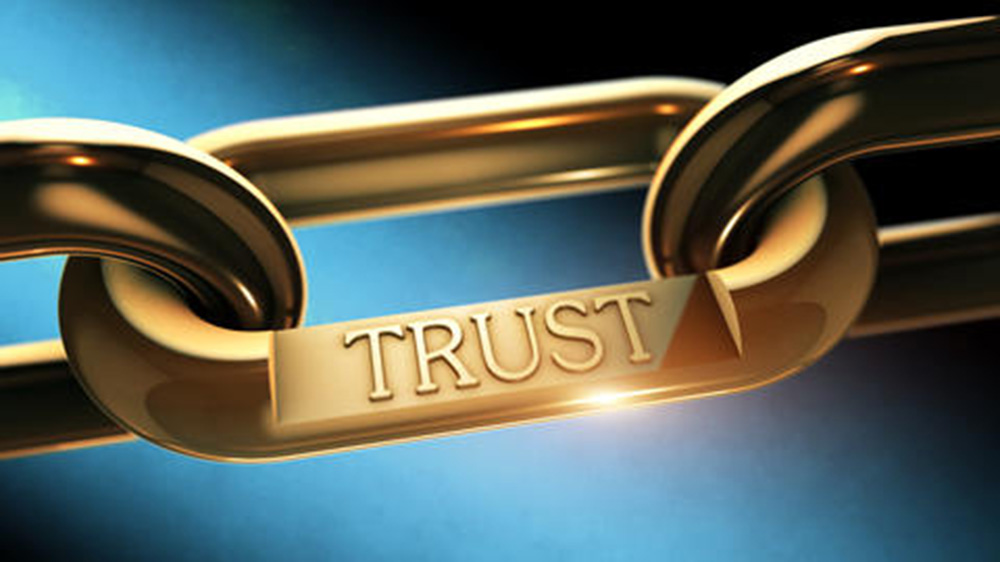
Without us realizing it, metrology and its associated standards and services play a big role in our daily lives. We buy groceries that are weighed or measured. Prepackaged products are weighed or measured during production. Medicine at the pharmacy is measured to make sure it contains the right dosage. Most people trust the scale at the supermarket or the pump at the gas station without giving it much thought.
|
ADVERTISEMENT |
They can because of an extensive legal metrology system throughout the U.S. that’s based on weights and measures program activities across all states, territories, and numerous local jurisdictions. Legal metrology has been at the heart of every modern society for centuries. Yet it’s mainly invisible to the larger public.
…
Add new comment